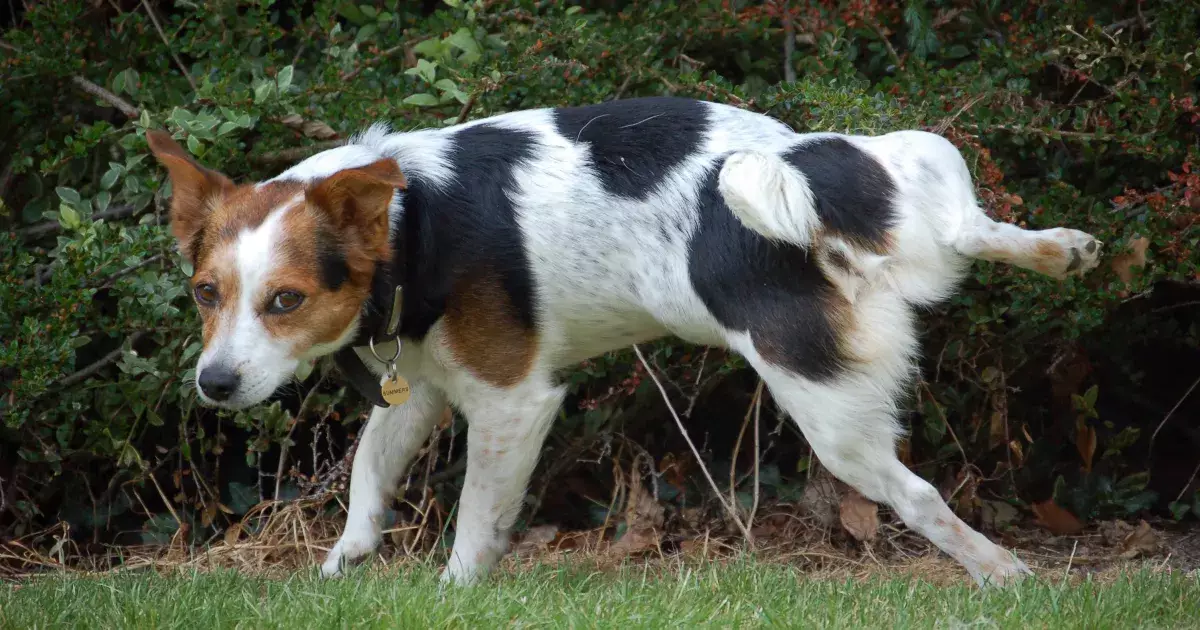Bringing a new dog or puppy into your home can be an exciting yet challenging adventure. One of the most crucial tasks you’ll face is housetraining. The sooner you begin to train your furry friend, the better the long-term outcome will be. In this guide, we delve into effective strategies for housetraining, emphasizing the importance of early intervention, consistency, and positive reinforcement.
Housetraining is more than just teaching your dog where to relieve itself. It’s about establishing routines and fostering a positive relationship with your pet. Beginning the training process as soon as your dog arrives home sets the foundation for their behavior in the future. Just as children learn from their parents, puppies are influenced by the guidance they receive during this critical learning phase. A proactive approach can prevent many common behavioral issues that arise when housetraining is neglected.
Setting up your home appropriately for training is vital. This includes creating a specific area designated for your puppy’s bathroom needs and keeping essential supplies, such as cleaning materials, treats, and a sturdy crate, readily available.
Three-Step Housetraining Method
The cornerstone of successful housetraining can be summarized in a three-step method:
1. Utilize a Crate: A crate serves as your puppy’s safe space when you can’t supervise them directly. It’s essential to choose a crate that is appropriately sized; your dog should have enough room to stand up, turn around, and lie down comfortably but not so much space that they can eliminate in one corner and sleep in another. Puppies instinctively avoid soiling their sleeping area, making crates a useful tool in promoting bladder and bowel control.
2. Establish a Routine: Creatively integrating bathroom breaks into your dog’s daily schedule is key. Designate a specific outdoor area for bathroom breaks and always use that location. Consistency helps your dog associate the spot with relieving itself. Use a cue word or phrase, such as “Go potty,” every time you take your dog to the designated area. Give your puppy a few minutes to circle and get comfortable before attempting to relieve themselves.
3. Praise and Reward: Positive reinforcement is crucial in teaching your dog the desired behavior. As soon as your puppy successfully eliminates in the right spot, provide immediate praise and rewards. Treats should be readily available, preferably kept in a jar near the potty area for convenience. Show your enthusiasm — the more excited you are, the more motivated your pup will be to elicit that response again.
For city dwellers and those with limited outdoor access, indoor housetraining is sometimes necessary. Create a designated indoor toilet area where your puppy can learn to go. It’s advisable to choose a location that will eventually become the bathroom spot, minimizing confusion. Use the same principles of routine and reward. When your dog shows signs of needing to eliminate, guide them to the indoor toilet and commend them for the correct behavior.
If your puppy begins to eliminate outside of the designated area, promptly redirect them back, using a firm but gentle tone. It’s essential not to punish your puppy; instead, focus on guiding them positively.
Patience is an integral component of successful housetraining. Recognize that puppies, particularly those under three months old, may need more time to grasp the concept fully. A good rule of thumb is to take your puppy out every hour at first, gradually extending the time between breaks as they improve.
When you notice your dog circling, sniffing, or appearing restless, these are signs that they need to go outside. Quickly take them out, and if they don’t eliminate within three minutes, bring them back in their crate for another try later. Consistency and persistence will pay off, leading to fewer accidents in the long run.
Celebrating the Milestones
Every little accomplishment in housetraining deserves recognition. Celebrating when your puppy successfully follows the new routine builds their confidence, reinforcing that they are doing something right. Acknowledgment should be enthusiastic; dogs thrive on praise and will soon associate relieving themselves outdoors with positive experiences.
Regular communication with your pet during this process fosters a stronger bond while effectively teaching them essential life skills. Understanding your puppy’s body language and needs will ultimately make you both more successful.
The key to a well-housetrained dog lies in early intervention, consistent routines, and ample positive reinforcement. By employing these strategies, you will not only facilitate a smoother training process but will also nurture a loving, trusting relationship with your new furry family member.

